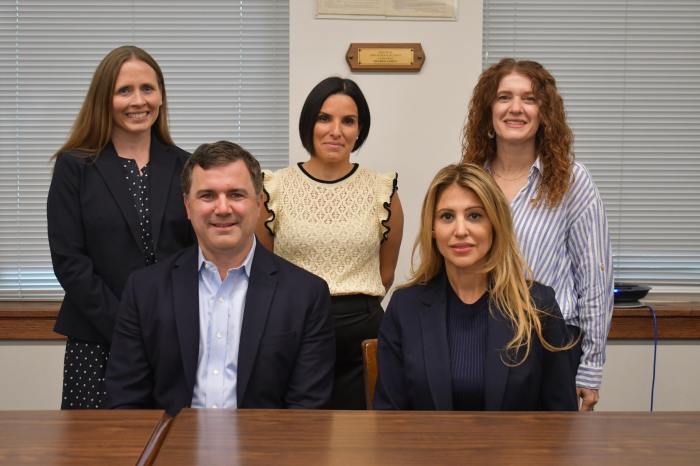Last month, the Roslyn School District’s $41.3 million bond proposal for extensive renovation work at all of the district’s schools passed by a handsome 850-462 margin.
Now comes the process of getting approval from New York State and procuring the services of the best contractors to begin the construction work.
“An architect is going to take the schematic plans and then turn them into construction documents to be approved by the New York State Education Department,” said Dr. Joseph Dragone, the district’s Assistant Superintendent for Business.
After that, Dragone said that the final plans would go out to bid as the school district officials hope to find as many contractors as possible to make as many bids as possible.
The school district, Dragone added, would issue serial bonds to cover the costs of the project that need to done without the cash on hand.
In all, he said, it will probably be a good two years before full-scale construction can begin, even though Dragone said, “a shovel could be in the ground 18 months from now.”
When construction does start, it will be the most ambitious plan the school district has undertaken in decades.
All of the district’s schools—East Hills Elementary, Harbor Hill, The Heights School, Roslyn Middle School and Roslyn High School—will be subject to interior and exterior work, including infrastructure upgrades such as air conditioning and new construction such as the completion of new front entrances. Last week’s issue of The Roslyn News contained an artists’ rendition of each of the schools once the renovation is complete.
Prior to the May 20 vote, both Dragone and Dr. Dan Brenner, the school district’s superintendent, conducted a thorough tour of the schools, where they gave a number of public presentations on both the proposed budget and the bond proposition.
In their numerous presentations, both Dragone and Brenner stressed that the net annual tax increase for the bond, for a home at the average assessed value in the district, is less than $60 per year. That price and the urgency for needed repairs proved to be more than enough to convince school district voters.


































